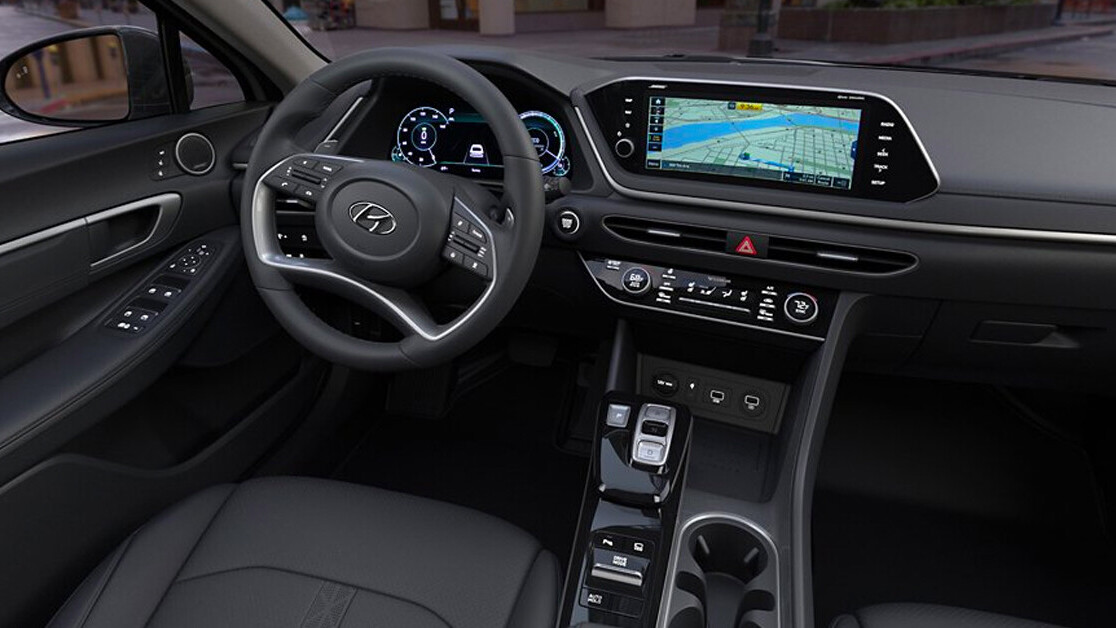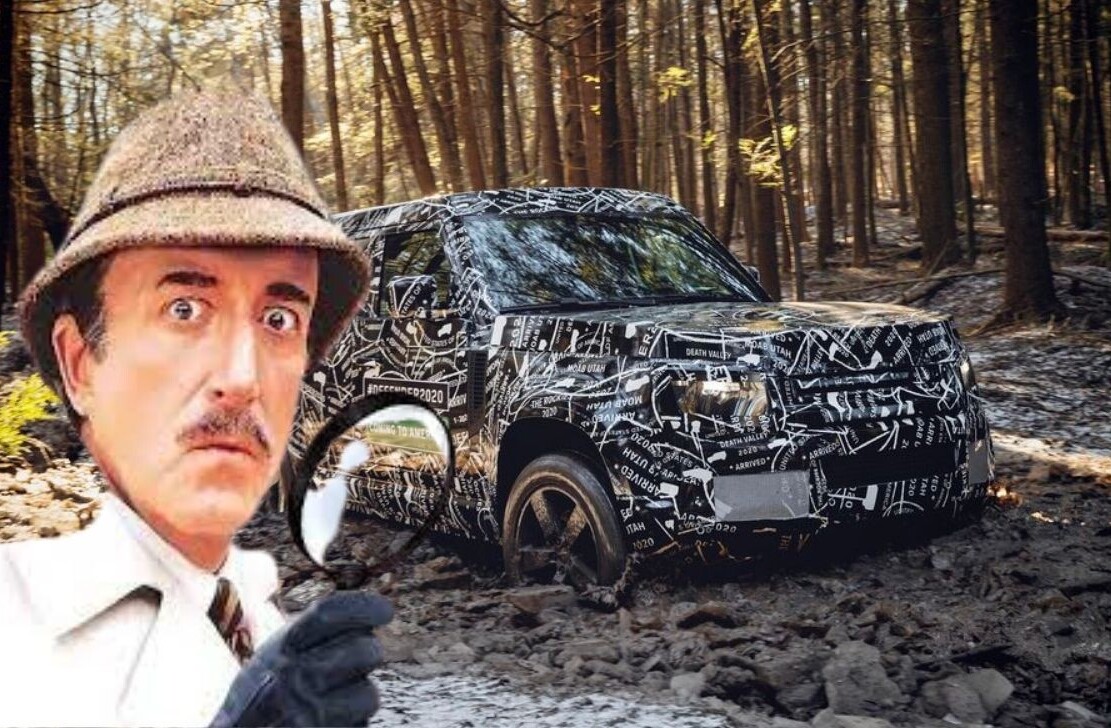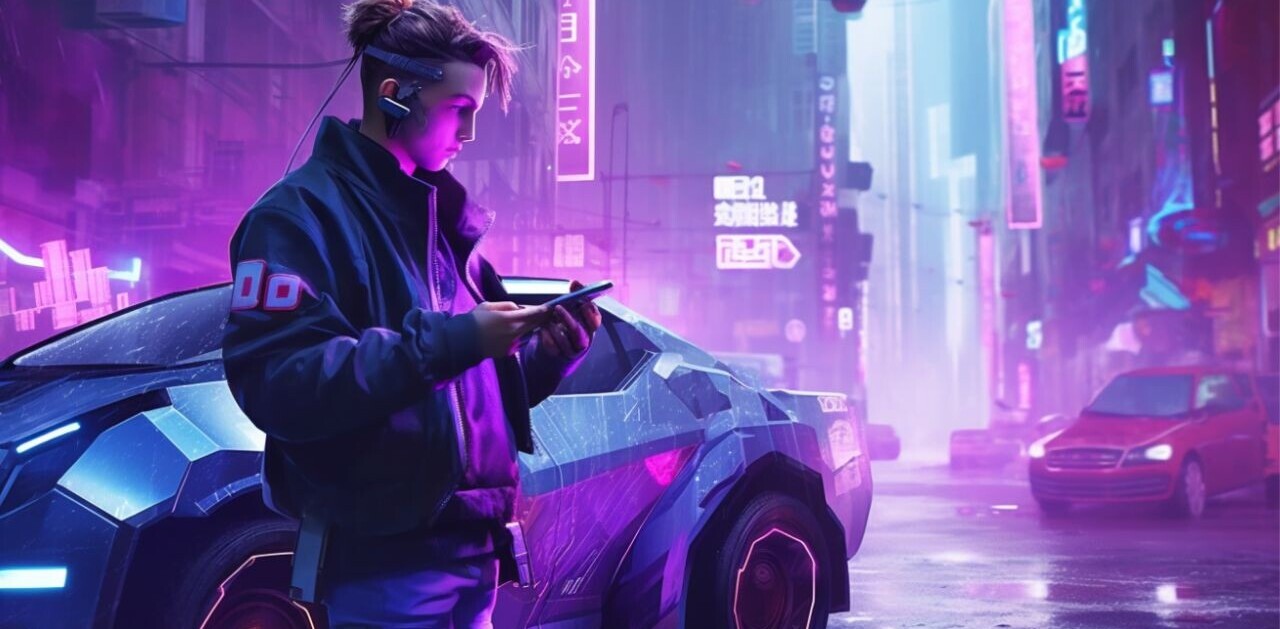This article was originally published by Steve Schaefer on Clean Fleet Report, a publication that gives its readers the information they need to move to cars and trucks with best fuel economy, including electric cars, fuel cells, plug-in hybrids, hybrids and advanced diesel and gasoline engines.
Over the last few weeks, I’ve test driven all three types of battery-powered electric cars—full electric, plug-in hybrid, and hybrid. Frankly, with the pandemic and my decision to no longer test gas-only vehicles, I’ve had few chances to drive test cars since March. However, I sampled a Hyundai Sonata Hybrid in the middle of November, spent 45 minutes on the last day of November driving the all-new, all-electric Volkswagen ID.4 crossover, and in my driveway sits a stunning BMW 330e plug-in hybrid.

If I had it my way, we’d all be driving gas-free electric cars today. But as we’ve seen lately, life throws you curveballs, and some things take a while longer to develop than we hoped. What’s most important is to set a clear direction and work towards the goal. In the case of the climate crisis, we have a limited amount of time to accomplish the task.
Yes, the climate crisis hasn’t gone away just because we’re in the middle of another immediate crisis.
Pure-electric, battery-powered cars don’t work well for every driver, which is why we need to have alternatives. That’s where hybrids and plug-in hybrids still have a role to play.
The Hyundai Sonata Hybrid
The Hyundai Sonata Hybrid is an all-new design that will suit anyone who likes cars and is looking for a largish five-person sedan. Honda Accord and Toyota Camry owners, this means you! With its hybrid powertrain, the Sonata Hybrid earns up to 52 miles per gallon (Combined) per the EPA.
As with other hybrids, you never have to do anything except jump in, push Start, and go—no charging cables or plugs. Travel wherever you want, fill up at any gas station. You’ll find yourself there only half as often, of course. To have the most beneficial effect, you can drive gently, avoiding aggressive acceleration and hard braking. Regardless, if a hybrid replaces a standard gas sedan, it puts only half a car’s worth of CO2 into the atmosphere. That’s not insignificant. My review is here.
Volkswagen ID.4 Battery Electric Crossover
I had a masked, distanced 1-on-1 with the long-awaited Volkswagen ID.4 back in September. I got to look at it, sit in it, watch a PowerPoint, and chat with knowledgeable VW representatives. I was pretty impressed.
The follow-up visit on November 30th was a real drive, and in the spirit of COVID-19 safety, I got a sanitized, gleaming white preproduction car all to myself. They handed me a preset route map that took me through city traffic, freeway cruising, and along empty, winding country roads.
The car was engaging to drive and attractive out in the wild. The interior is up-to-the-minute stylish and airy. The ID.4 is VW’s second all-electric car in America, following the E-Golf, and is built on an all-new EV-specific platform. While the E-Golf, an electrified version of the popular gas Golf, could at best go 124 miles on a charge, the new ID.4 goes twice that far.
The E-Golf’s spiritual successor is actually the ID.3 hatchback, out in Europe and elsewhere already, but VW’s leaders wisely chose to give us a more spacious crossover in the U.S., since that’s the kind of vehicle most of us in the States are buying.
BMW 330e Plug-in Hybrid
The BMW, in Alpine White, served as my ride to the ID.4 test, which was based out of a suburban VW dealership. As a plug-in hybrid, the BMW 330e uses a gas engine and an electric motor, employing a much smaller battery than the all-electric VW, although a larger one than is in the Sonata Hybrid. You plug the car in to charge, and it only takes a couple of hours at 240 volts (Level 2) or overnight on regular household current (Level 1). The BMW is good for about 22 all-electric miles, so it’s perfect for local driving, such as commuting, shopping, and errands. When you take it on longer trips, it becomes a hybrid, using gas and electricity efficiently.
On my trip to the dealership for the ID.4 test, I set the car to “Electric” so it would use only electric power. When it ran out of juice, it automatically switched to “Hybrid” mode, informing me of the change on the large center screen. As my destination was 24 miles from home, I almost made it petrol free. If I had been able to use a charger at the dealership, I could have driven on battery power for most of the trip home. I’m pleased to say that the mostly gas-powered return trip was nearly as quiet as the electric leg of the trip, which shows that the gas engine is smooth and quiet, and that BMW has used plenty of sound insulation.
My second trip in the BMW was to spend a couple of hours rehearsing with my three bandmates who, through careful planning, have become part of my COVID bubble. Because the drummer’s house is only 4.2 miles away, I was able to drive both ways without using any gasoline. That’s what makes plug-in hybrids so appealing—mostly electric driving, but never any range anxiety. The downside is that you may have the best of both worlds, but also must lug along the hardware of both words—engine + motor, battery + fuel tank, radiator, motor oil, etc., and occasionally take the car in for service on those components. Battery-electric cars have little service other than tire rotation, which I can verify as a former Chevrolet Bolt and current Fiat 500e owner.
I believe that people buy and love 3-Series BMWs because of the model’s long history as the Ultimate Driving Machine®. I drove my first BMW test car in 1992, shortly after I began writing road test columns in my local newspaper, and I was blown away. My older son enjoys his, and I’m hoping to move him into a 330e (or maybe even the rumored full-electric 3-Series) when his lease is up. While a hybrid can take half a car off the road, a plug-in hybrid, driven locally most of the time, can do much better.
The bottom electric line
With many auto manufacturers announcing big plans for EVs over the next few years, there will soon be a generous assortment of EVs in every category to choose from. Then, it’ll be up to consumers to buy or lease the cars over the next decade. Realistically, we won’t hit 100 percent EV penetration in new car sales by 2030, but we have to try—and it will accelerate once the marketplace is well-stocked.
Yes, I’ve often wondered what we are going to do about all the perfectly good gas cars that will still be around. I foresee a massive recycling and repurposing operation, but they are not going to go away overnight. But we need to stop driving them.
Throwing down the gauntlet, the state of California, long a leader in clean transportation and higher fuel economy standards (and home of Tesla) has decreed by the Governor’s executive order that all new cars for sale in the state will be zero emissions (either battery-electric or fuel cell) after 2035. That gives us 15 years to get the deal done. You can expect more states to follow (15 other states and the District of Columbia signed a memorandum of understanding endorsing the 2035 move). Perhaps we’ll see a national mandate at some point. But the most powerful selling point will not be an appeal to saving the planet, but getting to drive a better, quieter, smoother car that costs less to operate.
To support widespread EV adoption, we must build out a robust and widespread charging network and support home charging fed by rooftop solar panels where possible. We must work to ensure that the energy to power the fleet comes from 100 percent sustainable sources. This means no more coal and a swift reduction in natural gas for power plants. Solar and wind energy are already cheaper than old school fuels. With good battery storage, they can provide a steady and reliable energy supply for everybody. We also have other options, including mass transit and micromobility like scooters and e-bikes. And there’s always walking, if you’re close enough to your destination. No car is always cleaner than any car.
The movement to replace the internal-combustion car fleet is not going to be simple or easy, but driving an electric car is going to become easier. I’m looking forward to the day when we’ll look around and suddenly realize that EVs have taken over. The roads will be much quieter.
You can follow Clean Fleet Report on Twitter and Facebook.


SHIFT is brought to you by Polestar. It’s time to accelerate the shift to sustainable mobility. That is why Polestar combines electric driving with cutting-edge design and thrilling performance. Find out how.
Get the TNW newsletter
Get the most important tech news in your inbox each week.










